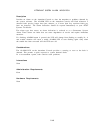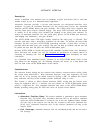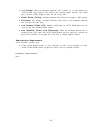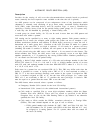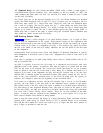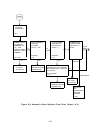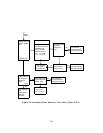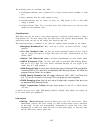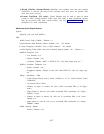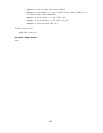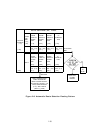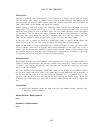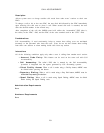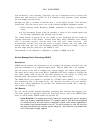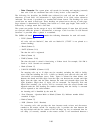The following tones are associated with ARS:
●
Confirmation–Indicates that a queued call is being serviced (trunk available to route
call )
●
Busy—Indicates that the called number is busy
● Reorder–Indicates that all trunks are busy, the ARS queue is full, or that ARS
calling is denied.
● Preferred Route Tone—Five very short tones that indicate that your call has been
queued for the preferred route.
Considerations
With ARS, users do not have tc worry about accessing a particular pooled facility to make a
long distance call. The user simply dials the ARS access code and the desired number. The
system then routes the call via the facility best suited for that call.
The following provides a summary of the ARS call routing controls provided by the feature:
●
Emergency Numbers
List: 911, and up to three customer-defined, 7-digit
numbers.
● Toll Call Allowed Lists: 1-4 lists, 64 entries maximum between all lists. Entries
may be 3-digit CO codes or 6-digit NPA plus CO codes. (Administrable for uses
besides ARS)
●
Station Toll Restriction Class: l-4 Classes (Administrable for users besides ARS)
●
HNPA Exception List: 1-4 Lists, each with an associated ARS Routing Pattern.
800 (64 in Vl) 3-digit CO codes entries maximum between all lists (eight of the
entries may be 7-digit numbers.)
● NPA Routing Table: Entries may include every North American NPA (and Special
Number NPAs in V2), each with an associated ARS Routing Pattern. All NPAs are
assigned Routing Pattern #1 by default.
●
FNPA Special Numbers List (VI only): Routes all “800”, “900”, and Telex 510,
610, 710, and 810 numbers via the local CO trunk group (not administerable)
●
FNPA Exception List: One List with up to 32 eight-digit numbers. Each entry has
an associated ARS Routing Pattern.
●
Digit Translations Tables: One per trunk group (Vl and V2) or Virtual Facility
(V2 only).
A system can have up to eight ARS Routing Patterns assigned. Each pattern can contain up
to six routes (three per subpattern).
Interactions
● Calling
Restrictions: Outward Restriction and To1l Restriction, when
administered, prevent calls from routing via ARS. Pooled facility access restrictions
do not apply. In fact, the recommended arrangement to ensure that users make
maximum use of ARS is to block dial access to most trunk groups, so that users must
dial the ARS access code to place calls.
2-56



